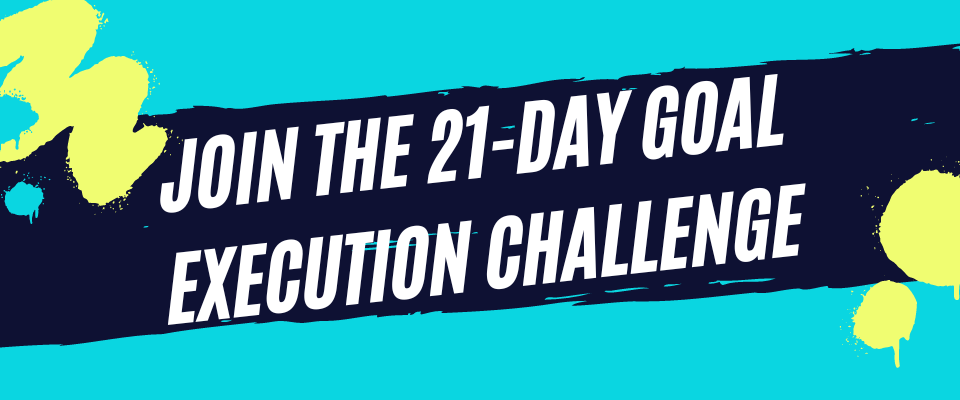- Home
- Think Pieces
- Psychology and Language
- Teachable Moments
What are Teachable Moments? 7 Awesome Examples from Everyday Life
Teachable moments are surprise opportunities to bring knowledge alive. Let's discuss what they entail and how we can use them to be better teachers.
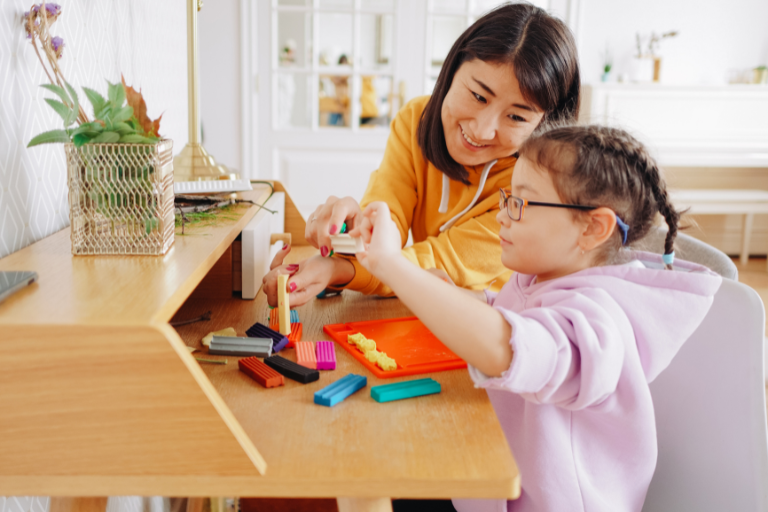
Everyday life contains multiple opportunities to create teachable moments that inspire kids and adults alike.
Let's discuss what exactly teachable moments are and some examples of teachable moments that are highly effective.
Whether you're a parent, an educator, or someone who just loves teaching, this article will give you ideas that you can implement right away, to help those around you.
What are Teachable Moments?
Teachable moments are spontaneous, unplanned situations that create a fertile environment for learning and understanding.
Such moments are typically triggered by a unique, high interest development that lends itself to discussion of a particular topic.
A key feature of teachable moments is that students are often not expecting to learn a lesson, but it happens naturally and in a way that is highly engaging.
Teachable moments are desirable because they are relaxed moments where the learner has the best chance of absorbing the information that's being conveyed, when compared to a more formal instructional environment.
At its core, a teachable moment is personalized. It speaks to an individual exactly where they are at that point in time and involves an experience that they can relate to on a personal level.
7 Examples of Teachable Moments
Let's consider a few examples of teachable moments that highlight how they can be effectively used in everyday life.
1. Teaching light waves through rainbows

A rainbow is a serendipitous occurrence that allows for a teachable moment in the form of a mini science lesson.
Although your child might learn about light later in school, when you seize the teaching opportunity that is provided in the moment, it will leave a powerful impact.
You can teach your child how light waves with different wavelengths appear as different colors.
Usually all light waves blend together to form white light. But when light waves pass through raindrops, they separate. This happens because the raindrops bend light waves with different wavelengths by a different amount. The separated light waves appear as the colors of a rainbow.
Visual experiences are often much more memorable that just theory alone, and a rainbow is not an experience that can be created on-demand in the classroom!
2. Encountering people from different cultures

Maybe your child has a new classmate from a different country, or maybe a new family with a unique cultural background just moved into your neighbourhood.
If you have young children, this is a teachable moment that you can use to show them how to be socially aware, respectful, and hospitable to people whose upbringing, traditions, and beliefs may differ from theirs.
The same principle applies when you are preparing to go on vacation to a different country. Vacations provide plenty of awesome teachable moments that allow children to experience the world from new perspectives.
Before you go on a trip, you can encourage your kids to learn new vocabulary from the local language and to do research about the country's history and culture.
You can also have them research popular tourist attractions. This will not only build anticipation and excitement for your children, but it will also give you ideas for possible trip activities!
3. Physical injury
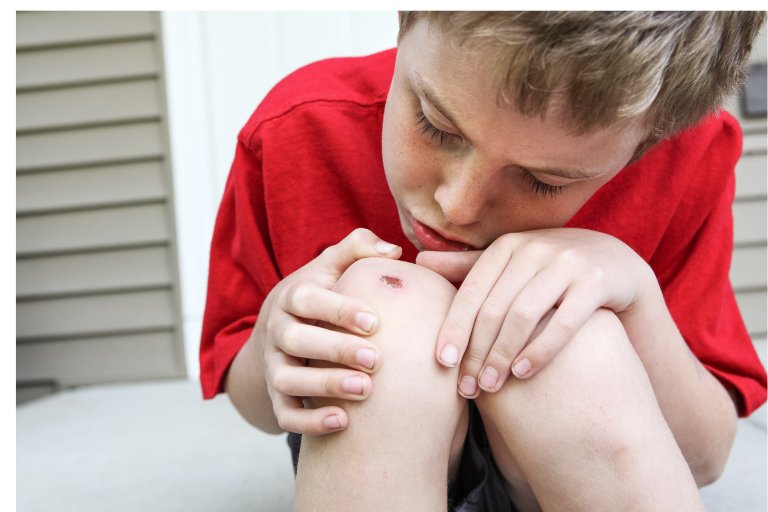
Imagine a scenario where your child was at the playground and they fell off the swings and scraped their knee. Although this is an unpleasant experience, the injury recovery process can be used as a teachable moment to show how skin works.
As the child watches their wound heal, they'll likely be in amazement of how their body was designed to heal itself behind the scenes, even while they're asleep!
You can bring to your child's attention the scab that starts to form when they hurt themselves - this is the body's attempt to plug the wound and stop the bleeding.
You can also explain to them the concept of white blood cells, how they are "special soldier cells" in charge of fighting germs.
As soon as you get a cut, your body will send a lot of white blood cells to the wound to get to work. They eat any germs that may have come in when your skin was broken and they also guide the healing process.
Obviously, the main concern when your child is hurt is to comfort and care for them, but if the situation allows and if the child is old enough, you can also use it as a teachable moment.
4. Failing a test
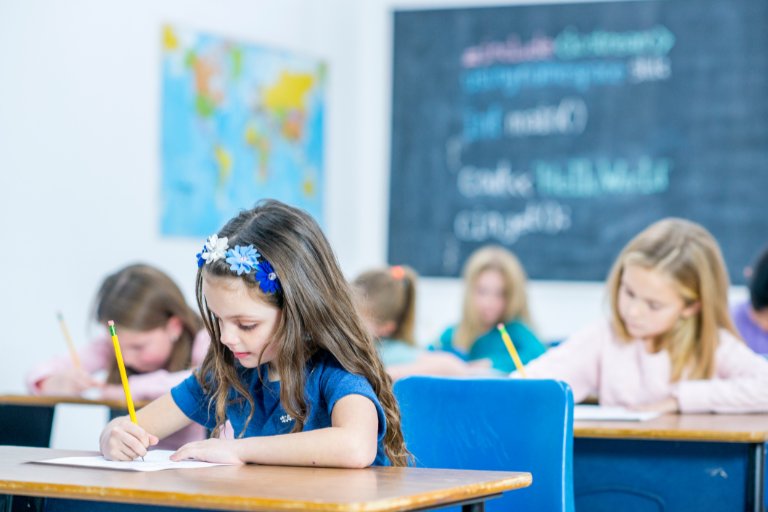
If your child comes home from school sad that they failed or did poorly on a test, this is the perfect opportunity for a teachable moment.
You can teach your child how failure is not totally negative - it provides a learning experience that can help them do better next time.
You might say that this is a teachable moment about a teachable moment!
In addition, if there is a specific subject that they failed on, for example - trigonometry - then you can work together to create a plan to improve on that subject.
For example, you might plan out some study sessions to brush up their knowledge and go over trigonometry practice questions.
If you have a copy of the failed test, you can also go back over the specific questions they failed, and guide them to see where they went wrong.
If this sounds like a lot of work, then you may also want to consider hiring a tutor to help them get up to speed.
Whatever the case, the goal is to help them develop a healthy view of failure, so they can learn to look for ways to overcome their challenges, rather than avoiding them completely.
5. Receiving a gift
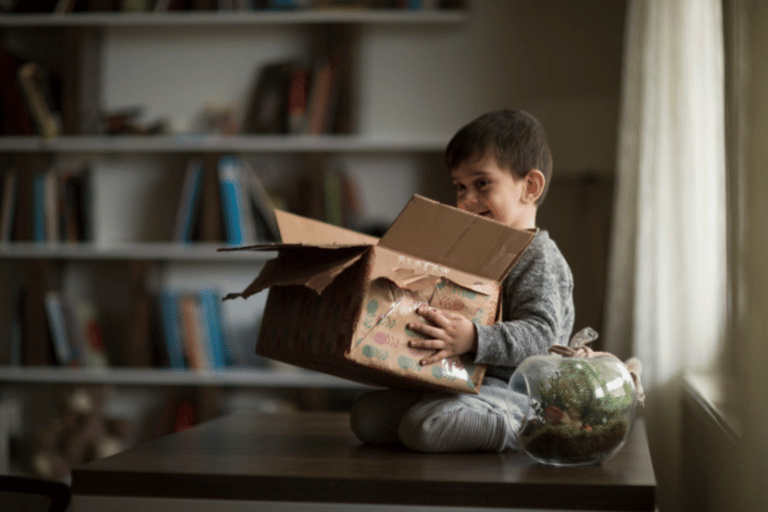
Another great teachable moment occurs when your child receives a gift from a family member or a friend.
What's the biggest lesson you can teach here?
Gratitude.
You can ask your child to reflect on the thought that likely went into picking out the gift, and ways they can show their appreciation, such as by writing a thank you note.
You can also encourage your child to think about who in their community they might want to give a gift to, and what sort of gift might be appropriate based on the person they choose.
By doing this, you teach your child to be a thoughtful, caring individual who is happy to give, not just receive.
6. Glass half full

Here is a fun but simple teachable moment that you can use at home:
When your child is drinking a glass of water, ask them if the glass is half full or half empty.
At first they might be confused, but that is where the perfect teaching opportunity comes in.
You can explain to them the "glass half full - half empty" analogy - how technically both answers are right - but how your answer can be a representation of your outlook on life, whether you tend to see things positively or negatively.
If they're young and this is the first time they've heard the analogy, it's sure to leave a lasting impression.
Every time they hear that analogy, they will think of this special moment, and the importance of maintaining a positive outlook on life.
7. Talking about movies
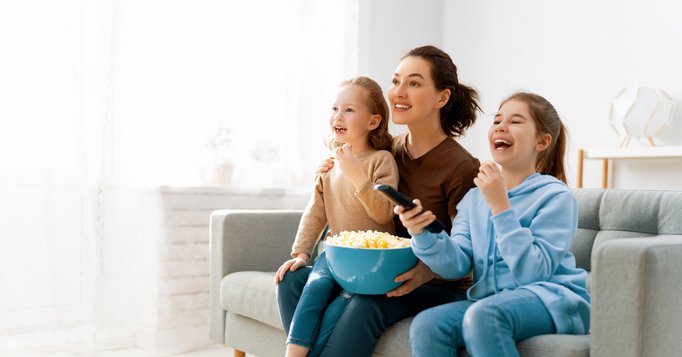
Movies often contain a lot of hidden messages and morals that are designed to not just entertain - but to educate - your children.
That's why after watching a movie with your child, it's a good idea to see what they thought of the movie.
You can ask questions such as "What do you think the moral of the movie is?"
Or "Who was your favourite character in the movie, and why?"
You can even ask "If someone actually did what X person did in real life, do you think the results would be the same?"
The last question is especially effective, because it helps your child distinguish between made-up movie scenes and real world consequences.
It will also help them develop their critical thinking skills and to not take everything they see or hear through the media at face value.
Final Thoughts
Did you notice what all the teachable moments above had in common?
They all happened naturally, as a result of events and situations that arise in daily life.
As a parent or educator, you can use these seemingly ordinary moments to create a significant impact on your child's personal development.
The great thing about teachable moments is that they can be adapted to a range of topics; from hard skills like maths and science - to soft skills like patience and gratitude.
When you remain alert and proactively look for lessons that you can convey to your children as these moments arise, you will find that the opportunities are endless.
Happy teaching!
Related:
Thanks for reading! If you liked this content, share with a friend:
Recent Articles
-
11 Best Gifts for Psychology Majors That Will Delight and Amuse
Dec 07, 25 01:46 PM
Looking for the perfect psychology-themed present for a college student or therapist? Here is a roundup of the best gifts for psychology majors. -
15 Best Gifts for High Maintenance Women and Self-Care Queens
Nov 24, 25 06:49 PM
What do you buy a lady who is already accustomed to a lavish lifestyle? Here are ideal gifts for high maintenance women who never settle for less than the best. -
5 Signs You’re in a Creative Incubation Phase (Not a Rut)
Nov 11, 25 07:51 PM
Feeling uninspired? What if this pause is actually part of the process...Here are signs that you're in a creative incubation phase and good things are coming.
Your second block of text...


























